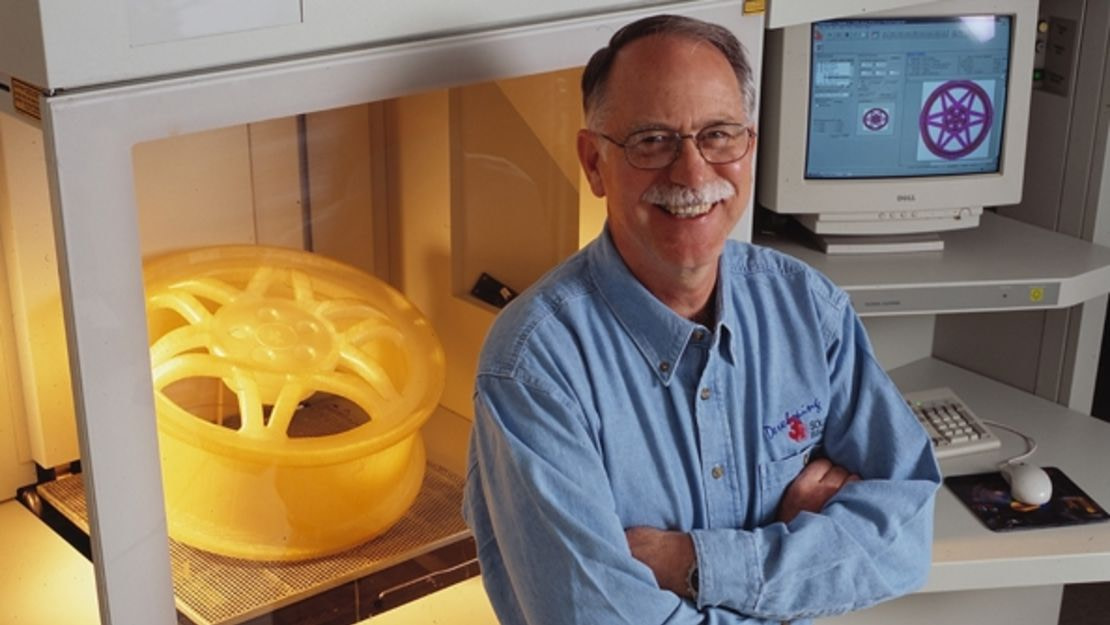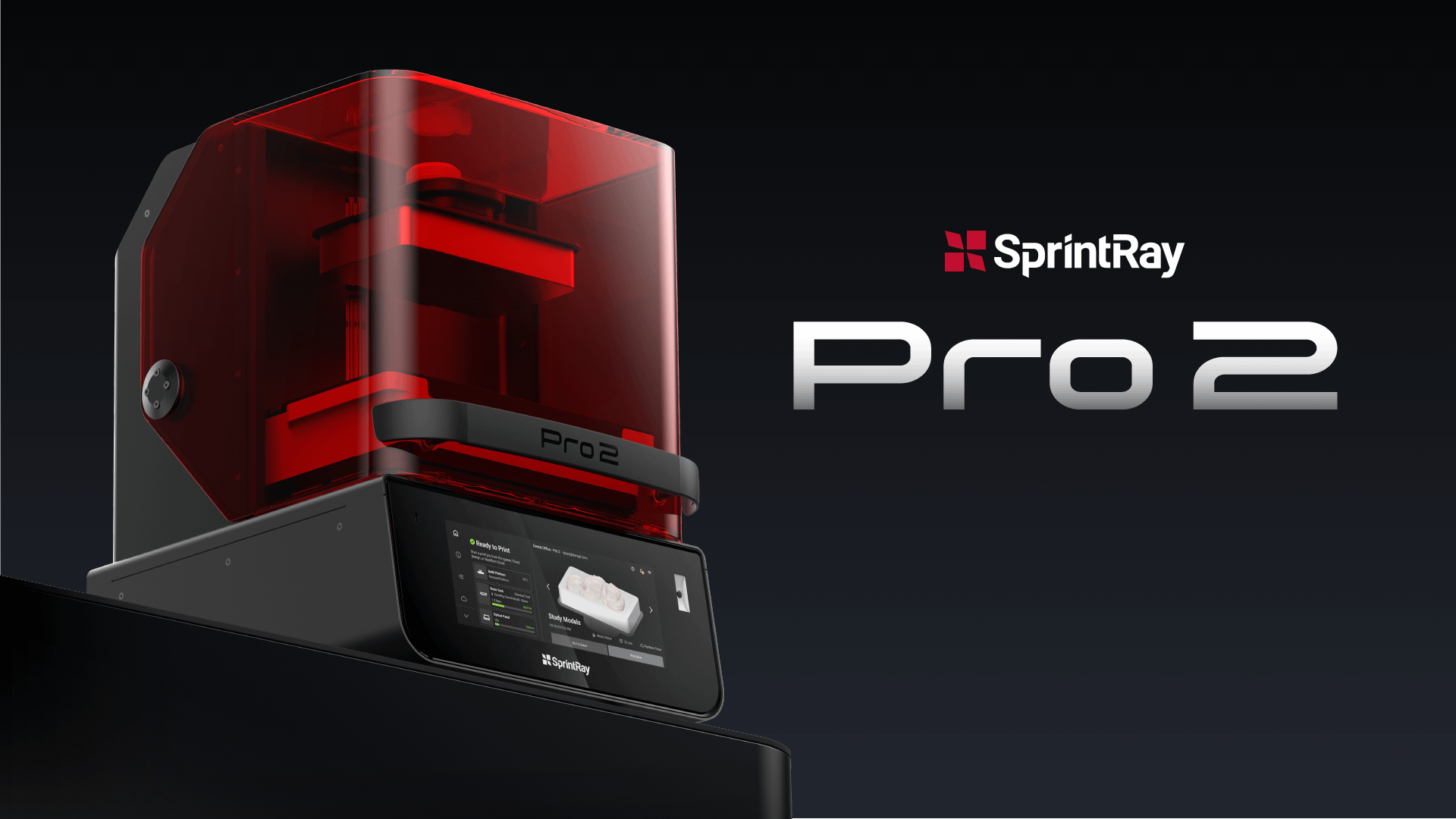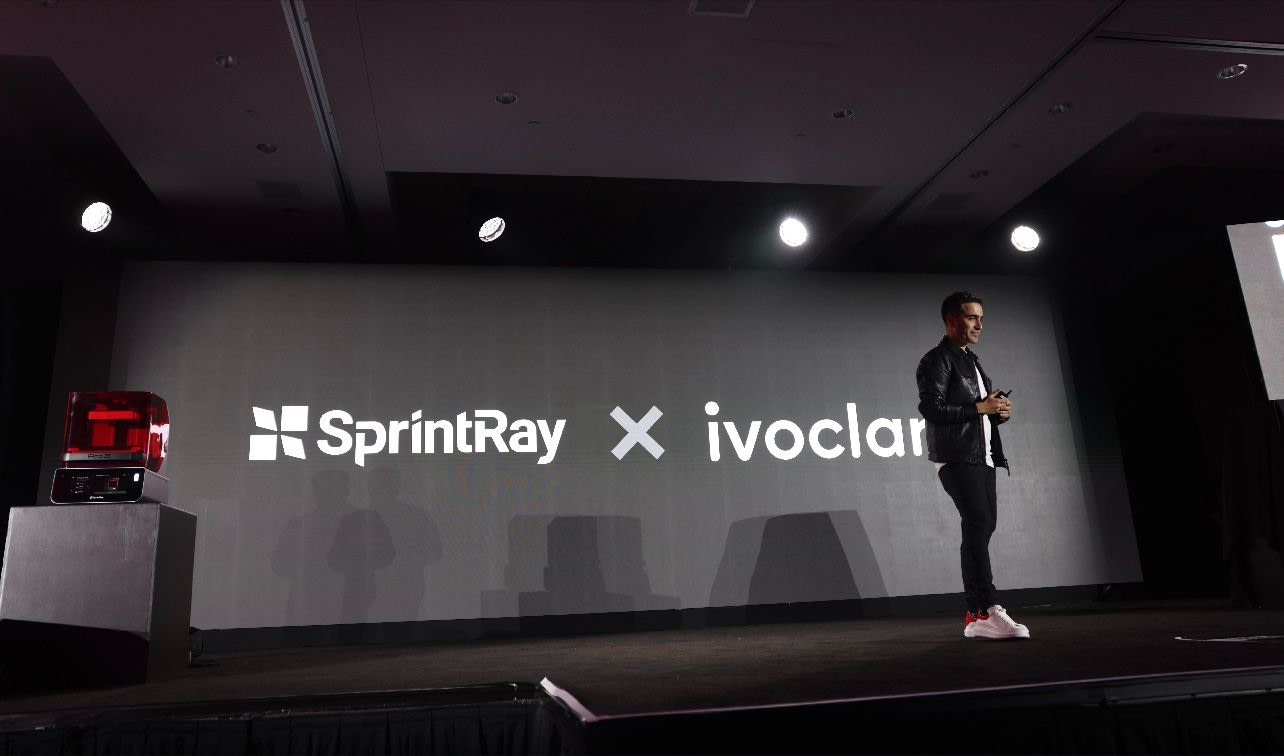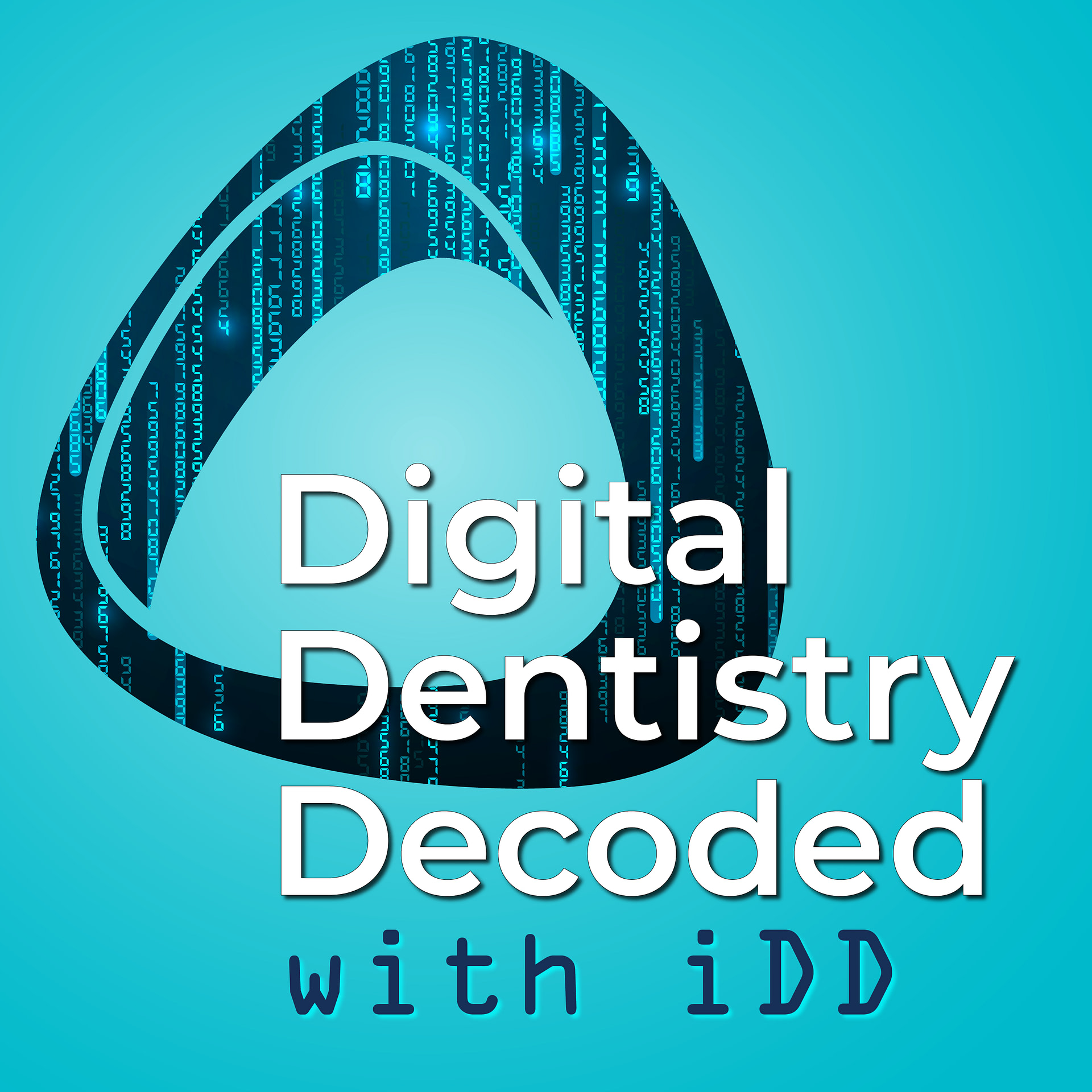Welcome back to another episode of the Digital Dentistry Decoded podcast!
In our previous episode, we spoke with Jericho Elomari from Shining 3D about their exciting developments in intraoral scanning technology. Now, we're shifting gears to explore another crucial aspect of digital dentistry: 3D printing.
In this episode, Dr. Ahmad Al-Hassiny sits down with Amir Mansouri, co-founder and CEO of SprintRay, to discuss their groundbreaking 3D printer, the Midas, and the future of 3D printing in dentistry.
This conversation offers a deep dive into the latest innovations in dental 3D printing and provides insights into where the industry is heading. Listen to the podcast episode below or continue scrolling to read some of this episode’s highlights:
Listen on Spotify
Podcast Highlights - The Revolutionary Midas
SprintRay's Midas has taken the dental world by storm, generating unprecedented interest in 3D printing workflows.
Dr. Al-Hassiny aptly describes it as "the Nespresso of 3D printing," highlighting its ease of use and potential to revolutionize chairside dentistry. Will this be the product to push 3D printing restorations to the mainstream?

Amir describes the Midas as a game-changer, moving beyond traditional 3D printing to what they call "3D pressing."
"We invented a new way. It's not printing anymore. We call it 3D pressing," Amir explains.
The development of Midas was a result of two and a half years of hard work, addressing longstanding challenges in 3D printing, particularly the ability to print highly viscous materials and simplify the printing process for dental offices.
The History and Innovation Behind Midas
Amir provides a fascinating historical context, starting with Chuck Hall's invention of 3D printing in 1984:
"Chuck Hall is the founder and CEO of 3D systems, visionary guy. I had a pleasure of seeing him when I was doing my PhD at University of Southern California. And the architecture that Chuck Hall suggested and patented invented four years ago became the dominant architecture of 3D printing."

Chuck Hall, "Father of 3D Printing"
While acknowledging the brilliance of Hall's architecture, Amir points out its limitations, particularly in dental applications. These limitations inspired SprintRay to innovate and create the Midas.
Tackling Viscosity and Ease of Use
Amir breaks down the key innovations behind the Midas:
- A capsule system that combines resin, resin tank, and platform in one module.
- The ability to print materials 10 times more viscous than traditional 3D printers.
"We're using Pascal principles... to be able to inject super thick materials into the build chamber," Amir reveals.
This innovation opens up new possibilities for 3D printing materials in dentistry, potentially allowing for the use of more traditional dental materials in 3D printing workflows.
Amir emphasizes the importance of materials in dentistry: "dentists love material. It's all about materials."
Live Demo: Printing a Crown in Minutes
One of the highlights of the podcast is Amir's live demonstration of the Midas, printing a crown in just 9 minutes. The process is remarkably simple:
- Insert the capsule
- Hit start
- Wait 9 minutes
- Remove and quickly clean the printed crown
"This is faster than making a coffee or having a chat. You can make a tooth. How cool is that?" Amir enthuses.
This demonstration showcases the speed and simplicity of the Midas system, potentially making it a game-changer for chairside dentistry.
The Challenge of Design
While the Midas simplifies the printing process, Dr. Al-Hassiny raises an important concern about the design aspect, noting that many dentists struggle with or are reluctant to learn CAD design.
"Most dentists still scan and send to the lab. What's your solution there? 'Cause I still think this is the biggest bottleneck," Dr. Al-Hassiny points out.
Amir shares SprintRay's innovative solution: AI Studio. This tool automatically detects margins and generates crown or inlay/onlay designs, removing the need for complex CAD skills.
"We don't believe in CAD for dental offices... We just build an automatic crown, inlay, and onlay generation engine," Amir explains. "We don't build a crown, we build a tooth. It's a difference. The crowns that come out of these CAD software are perfect, are amazing, but it's not a real tooth. A real tooth is worn out. Real tooth has other defects there. That's what we're building."

This approach aims to make the entire digital workflow more accessible to dentists who may not have the time or inclination to become CAD experts.
The SprintRay Ecosystem
Amir also touches on other SprintRay products, including the Pro 2 printer:
"Pro 2 is a beast. It's just everyone who uses it don't wanna use Pro S anymore. Pro 55 s, 95 s anymore just because of how much the whole product is refined."

This highlights SprintRay's commitment to continually improving their product line and offering solutions for various dental 3D printing needs.
Future of Digital Dentistry
Looking beyond SprintRay, Amir shares his excitement about upcoming innovations in digital dentistry:
- AI-driven tools for scheduling, diagnostics, and patient management
- Automation in clinical work, including potential developments in automated hygiene and crown prep
"We're gonna be seeing tools that can read and they can get at the real-time imaging and make decisions just like a doctor, just helping the doctors to do their job better, faster, and go through more patients," Amir predicts.
He also mentions the potential for automated crown preps, though he believes the personal connection between dentist and patient will remain crucial.
Collaboration with Ivoclar and iTero
The podcast touches on SprintRay's partnerships with other industry leaders. Their collaboration with Ivoclar aims to develop materials for both temporary and definitive removable and fixed prosthetics.

"In a few years, we're gonna see the results of it coming around," Amir teases.
Amir also discusses their partnership with iTero, noting that about 35% of SprintRay's community uses iTero scanners. This partnership aims to create a more integrated solution for users.
The Shift in 3D Printing Language
Dr. Al-Hassiny observes a shift in the language around 3D printed restorations, moving from a focus on permanent crowns to more emphasis on inlays and onlays. Amir acknowledges this shift:
"I think there is more that in our view the material is there, but it doesn't mean people gotta jump on doing it. And it's not for everyone. We are having customers who have had tremendous amount of success on full coverage crowns, thousands and thousands."
He notes that while the technology is capable, there's still a need for long-term data and a shift in perception among dentists trained to prefer traditional materials.
Wrapping Up
This episode provides a fascinating glimpse into the future of 3D printing in dentistry. SprintRay's Midas represents a significant leap forward in making 3D printing more accessible and versatile for dental practices.
As Amir puts it:
"It's just the whole innovation-driven product development and the whole ease of use... We're just excited. Another thing is really resonates with me is how the industry appreciates innovation. They get it, they understand it, they see different products, and they're embracing it."
As always, we at IDD are excited to see how these innovations will shape the future of digital dentistry. Stay tuned for more episodes of Digital Dentistry Decoded, and don't forget to check out our courses and resources at the Institute of Digital Dentistry!

